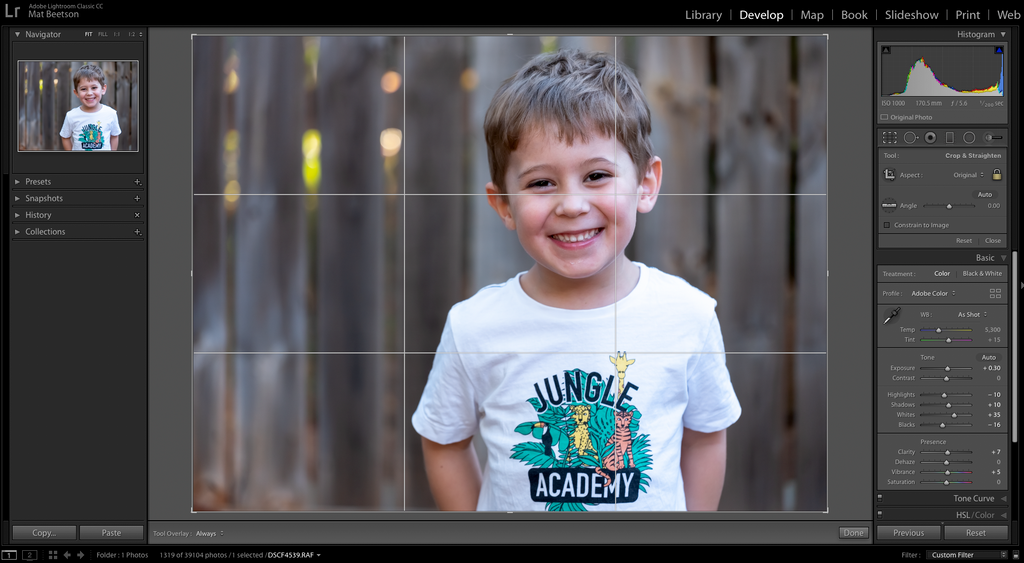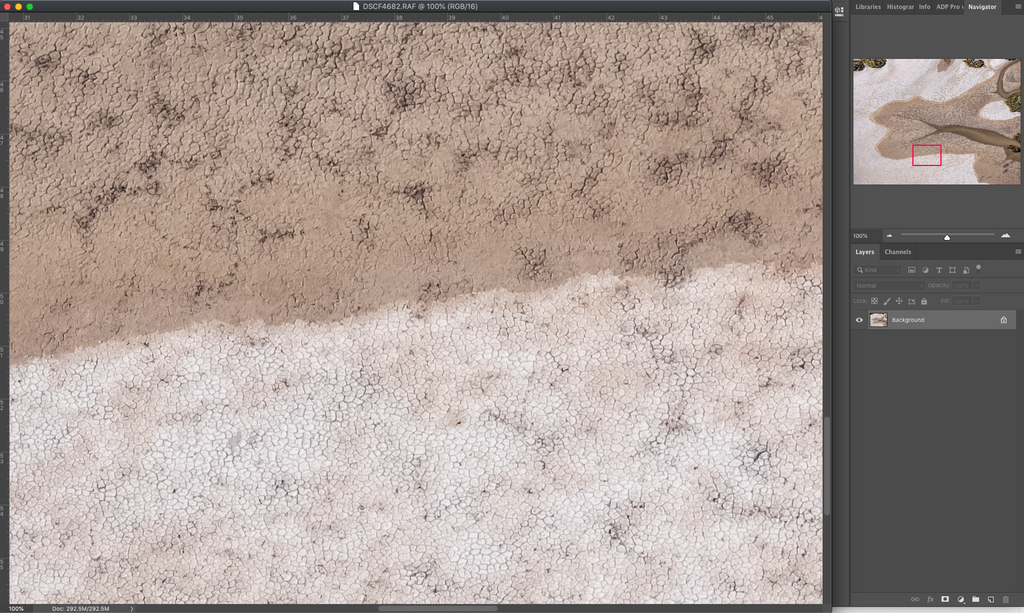FUJIFILM GF 100-200mm f/5.6 R LM OIS WR Lens - First Impressions

Hi All,
here are my first impressions of the latest lens from Fujifilm for the GFX camera series; the GF100-200mm f/5.6 LM OIS WR lens.
I don't really do technical reviews, there are plenty of tech head's out there far better at spelling out the specifications than me, not forgetting there is a lot of useful information from Fujifilm's own website.
I would however like to discuss the lens in use, in particular my genres of choice Aerials, Landscapes & Nature. As a lot of the other review sites have suggested, this lens should be perfectly suited to my needs.
I was initially quite skeptical when this lens was announced on Fujifilm's lens road-map, the focal length really appealed to me but the f5.6 aperture took some of the shine off my initial excitement. After reading through some of the reviews/first impressions from some Fujifilm X ambassadors and pre production testers, I got the feeling I should really give this lens a go to see what it's capable of.
Unboxing
The box the lens arrived in is huge! For a lens that's deemed comparable to Fujifilm's XF50-140mm f2.8 or a typical Full Frame 70-200mm f2.8 the box seemed to be packing quite a weapon inside! The look and feel is solid; as we've come to expect from anything Fujifilm releases, all the usual bits and bobs inside a box are there of course and the carry bag they supply for the lens feels quite durable.
Unwrapping the lens was a pleasant surprise, smaller and far lighter than I anticipated. The lens on the camera doesn't look out of place and ergonomically it fits nicely on the GFX50r. After using it for a while now I find it best for my left hand to rest under the tripod collar rather than the base of the lens, the loosened collar means I can easily switch between landscape to portrait orientation whilst keeping a firm grip/hold on the camera.
This kit does not immediately burden you with excessive weight, in fact after a typical shoot 'handheld' the balance and feel is very manageable, I can see this being a really awesome combo paired with the 50s/100s. With the type of shots I'm likely to do with this lens it will mostly sit on a tripod, but I am also partial to a flight here and there from a chopper, to try capture what magic Mother Nature might reveal from the air. The size & weight of this combo has not been an issue, its certainly a jump up from the 50-140mm XT series combo , but this is a pleasure to use.
First shots
Well of course I photographed my youngest for the first test of this lens, I'd argue my son is far harder to photograph than any wild animal out there. He never stays still for longer than a micro second....and wields a complete lack of interest in helping Dad get a half decent test shot, let alone any type of long lasting memory of him at this age!
The below shot was captured in my backyard about an hour from sunset, so with a 'flighty' subject this could potentially present some focus challenges. Looking through the lens the viewfinder looks as good as it ever does, old school me thinking it should be a lot darker due to F5.6 aperture - bless those awesome little EVF's. I used the smallest AF area setting (the smallest box) as I wanted to make sure if I did manage to focus on his eyes it was as accurately as possible, well this lens nailed it!
GFX50r + 100-200mm - ISO 1000 - 1/200th - f5.6 - 170mm Focal Length.
 Very pleasing background blur (Bokeh)...I'm not a Bokeh 'evangelist' but it looks good to me
Very pleasing background blur (Bokeh)...I'm not a Bokeh 'evangelist' but it looks good to me
100% Crop
![]()
Under moderately challenging lighting conditions, the smallest focus area selected, I was very surprised with the results - sure there was a little bit of hunting during the "stay still and smile" stage of the shoot but overall the lens performed better than expected. I'm used to using the 50-140mm/16-55mm for the family shots and couldn't really say the lens was sluggish in comparison to those two, if I had to say one lens is faster in focusing the 50-140 edges out the 100-200mm. But I make this comment with zero technical accuracy, I was also impressed enough with the focus that I never bothered to test them side by side and for me that is enough. If I cant pick the difference (for my intended genres of photography) then that settles it. It would be a better comparison against the newer focussing system on the XT3, but I have yet to try this camera combo.
Zooming
The zoom ring performance and ergonomics on this lens is sublime, if you have no interest in this lens whatsoever at least feel the buttery smooth zooming this lens has. I will boldly state this is the smoothest zoom I've used... and for those who know me well I have used a truckload of cameras and brands over a lengthy career working for various camera manufacturers - It really is super smooth!
Now, to why I really wanted to try this lens out - Aerials and Landscapes. My first shoot in a helicopter with this lens is near a creek system and salt/mudflats in the Kimberley Region of Western Australia. My main goal was to try capture the magic (and abstracts) of this area, so I had 1x GFX50r w/32-64mm (thanks to Aaron from Abodes Imagery for the loan) as my trusted kit/weapon of choice and my own GFX50r with the 100-200mm. The first shots in the flight were with the 100-200mm just to get used to 'in air' operation and my initial thoughts were how good it was having image stabilisation whilst shooting!
The below shots are abstracts of the salt flats with the high tide flooding the area.
GFX50r + 100-200mm f5.6 ISO 1600 - 1/1600th - f9 - 100mm Focal Length @ approx 1000ft
![]()
GFX50r + 100-200mm f5.6 ISO 800 - 1/1700th - f8 - 100mm Focal Length @ approx 1000ft
![]()
I mostly shoot between ISO 800 - 1600 on the GFX from a Helicopter, this is to make sure I have images not impacted by the intense shaking that occurs when flying in one of these beasts. It also allows me an aperture of around f6.3 - F8 so I can also maximise image area sharpness or depth of field. Its a blessing having a camera that is very usable at a higher ISO, which this camera is easily capable of producing excellent results. But no need to push that boundary unless absolutely necessary and the f5.6 maximum aperture is much less a hindrance than first thought.
Focus
When shooting from the air I also use the camera in manual focus mode but achieve focus automatically via the back focus button, where my thumb rests at the ready. I tend to use the 2nd sized box from smallest AF area, so when I am able to lock focus using this method, I can confidently shoot knowing I wont miss as many through the lens hunting in Shutter button/AF mode. Whilst this approach to focus is habitual for me the lens generally performs very well in its AF performance overall...however (a really tiny however).
The mudflats or sandy creek beds during low tide can have some areas particularly low in contrast, especially early in the morning when the sun is low. This can mean achieving focus can be quite difficult, it also helps to have focus 'peaking' switched on to try get those more challenging shots. But even with a sound technique these locations can still confuse the camera (and photographer!) so there will always be the odd missed shot. The camera will show focus confirmation but a post review look shows that it has not actually hit the sweet spot...After some research on this topic it appears this has generated some discussion with some Mirror less cameras, it's also debated if it even exits as a problem as it seems to be rare or people are simply not aware. I think a good summary on this happening on the camera, rather than the lens and can be found here the author also states the AF performance level is very high.
From my usage in the helicopter the overall hit rates from this lens far surpassed those that are missed under these sometimes challenging conditions. More discussions/blogs on this topic can be found on the net, but I would hardly bother, for me the miss rate was not significant and overall I was actually very impressed with the AF performance.
Image Stabilisation
The IS function on the 100-200mm lens has been raved about in the BETA testing and it really is quite impressive. I maintained my shooting approach irrespective of IS and even though I have used the IS on the 50-140mm it does not feel as good, or look nearly as stable when viewing through the GFX50r and 100-200mm combo. It was really hard to believe I was shooting from a helicopter with some of the shots, the scene through the viewfinder looked incredibly stable.
GFX50r + 100-200mm f5.6 ISO 800 - 1/1250th - f8 - 167.5mm Focal Length @ approx 1000ft
![]()
100% Crop
It is absolutely essential the OIS is switched on at 200mm (just leave it on at all times!), leaning out of the helicopter 200mm is almost unusable without the stabilisation, the wind blast hitting you coupled with long focal length almost induces motion sickness! Whilst I rarely had the lens zoomed past 150mm it provided just that little extra flexibility to try nail the shot when its in front of you, rather then asking the pilot for a go around at lower altitude.
The more and more I used this lens during the shoot the more I was impressed by how good the stabilisation worked, I am almost as excited about the IS on this lens as I am about the 'buttery' smooth zooming!
The Glass
Optically this lens is fantastic, even when you do the 'chimp' test and push the zoom function all the way in when reviewing the image it is still pin sharp. It seemed to outperform the 32-64mm when applying the same crude reviewing method. It felt like the shots I was taking with the 32-64mm were not quite sharp when comparing on the go between the two lenses, whilst in the helicopter! The 32-64mm lens is an excellent lens, it is just the 100-200mm looked so much better. Of course we can't compare apples with apples when it comes to both of these lenses because the FOV is so different. I will add that upon reviewing the images back home on my Eizo 24inch monitor the 100-200mm looked absolutely amazing...I was in love. The thought in my head at the time was quite simply..."this will be my go to aerial lens".
On The Ground
After the aerial shoot I headed out to the East Kimberley and visited Lake Argyle, I wanted to revisit a panorama shot I'd done there many years ago.
The optical performance I'd seen from this lens so far had me excited about what could be achieved with a stitched panorama. Again, this lens did not disappoint! Intensely sharp photos, the colour palette of the location and the micro contrast combined to produce some results that were absolutely gorgeous.
Stitching in vertical format I tend to only use 5-7 images as the base for the panorama, I find this to be the perfect balance between achieving a pleasing composition and a manageable file size! The below image has a file size of 715Mb so if you did actually print at 240PPI the native print size would be 2.05 meters on the longest side.
GFX50r + 100-200mm ISO 100 - 1/6th - f8 - 100mm Focal Length - Tripod - Self Timer
![]()
100% Crop

The below shot was also captured on a tripod, OIS disabled, my camera strap removed (to stop potential wind flapping of the strap during long exposure) and with self timer activated for each shot to give the final image the best possible chance of being pin sharp....and of course a low ISO. I have a similar shot with the 32-64mm and when you compare against this similarly framed shot the 100-200 definitely has the edge in sharpness, but again it is unfair to compare when they will be used for different shot types.
GFX50r + 100-200mm ISO 100 - 2.6Seconds - f5.6 - 100mm Focal Length - Tripod - Self Timer
![]()
100% Crop
![]()
The final shot
I am so used to shooting with the 32-64mm and somewhat recently the 63mm, I felt the 100-200mm might be a lens I would only use on the odd occasion, much like the 50-140mm in my X series setup. The 50-140mm would always be with me during aerial shoots (and of course any commercial jobs) but it never really came with me during my landscape shoots and I dont have a suitable answer why that is. Having used the 100-200mm for the last couple of months I have come to the conclusion I could never leave this lens behind, its found a way to be an integral member of my equipment family.
So when the time come to 'hand back' the lens to my friends at Camera Electronics in Perth, who where kind enough to let me try this lens out. Well I just couldn't do it and when Fujifilm introduced a cashback at possibly the worst time in history (when I've fallen in love with a lens) I just couldn't part ways with it. I found a buyer for my 50-140mm, yes, the lens I believe is one of the best Fujifilm has ever made - totally under utilised by me (and a 16mm F1.6 that wasn't seeing the light of day) helped make the decision an easy one.
I am the proud owner of the GF 100-200mm f/5.6 R LM OIS WR.
Thanks for reading,
Mat
Scroll to the bottom of the page to follow me on Instagram or Facebook.
Disclaimer: this is an opinion only, I am not paid or endorsed by anyone from Fujifilm or any of its suppliers. If you are after the technical specifications and output MTF graphs I'm sure they are easily found via Google. Also I mentioned a store on this piece! I'm still not paid or endorsed by anyone, this is just a really great camera store who love photography and have been kind enough to help me out! Please remember I like to share my thoughts, logic, workflow and images of my photography on this page, if you like what you read please share. "I'm just a simple man trying to make my way in the Universe" - Jango Fett Star Wars Legend.
Thanks for stopping by.



